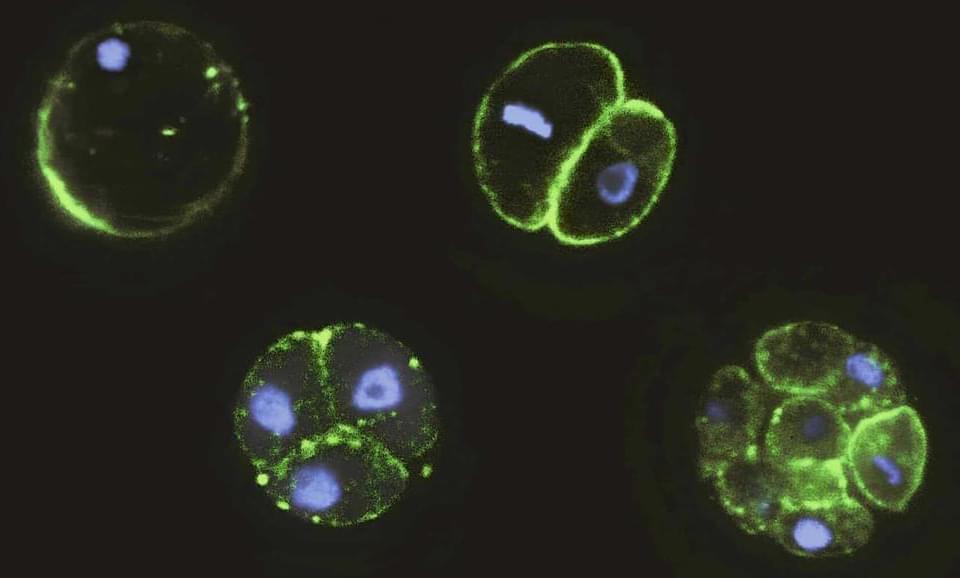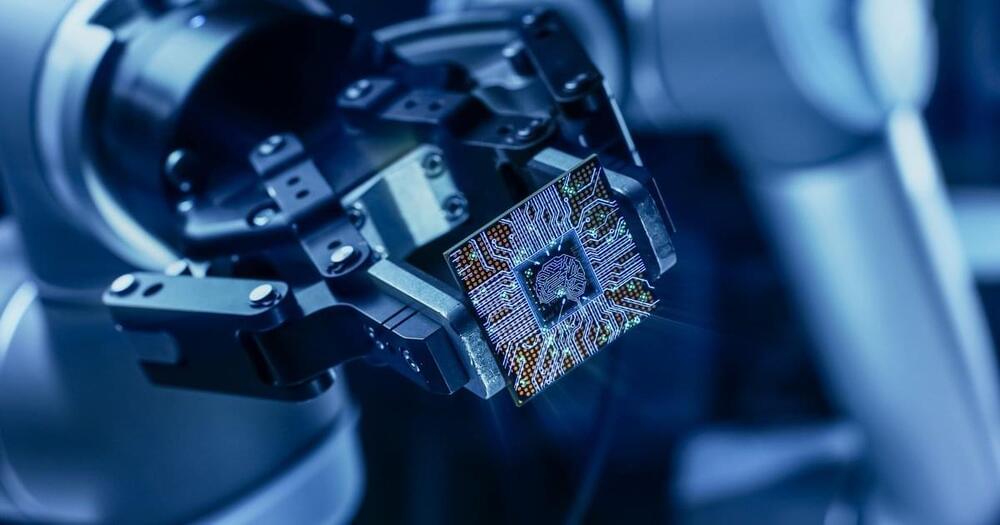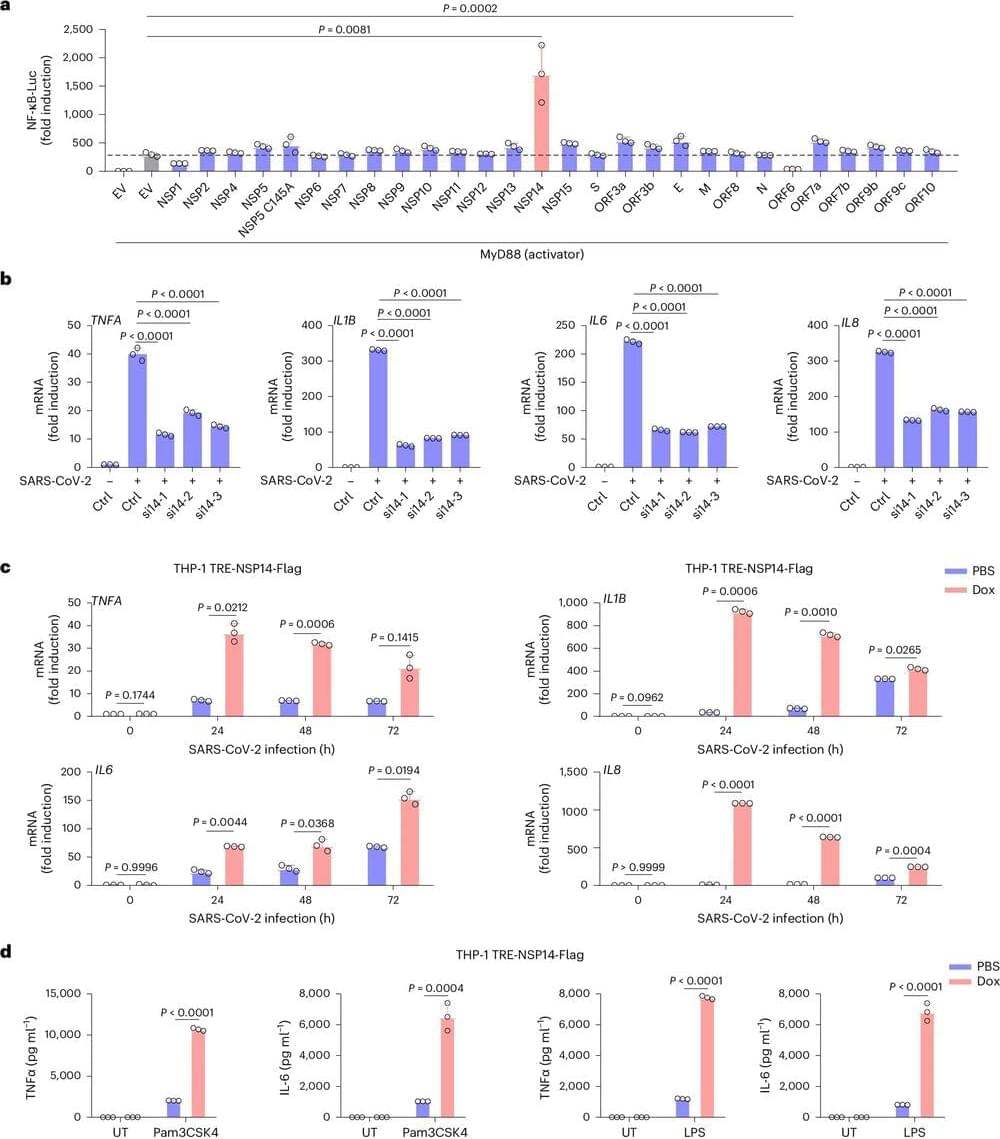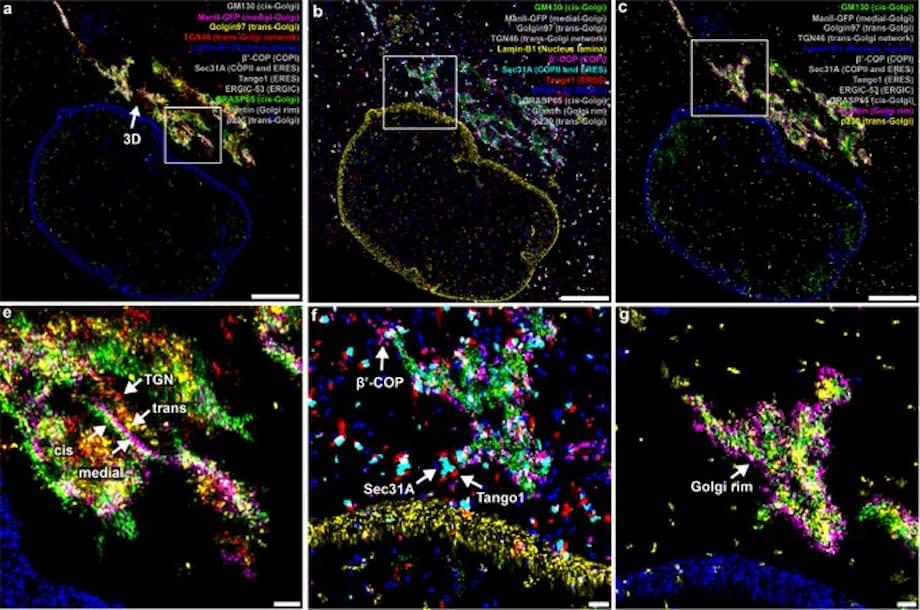Apr 25, 2024
19,000-year-old biosphere with links to Mars discovered beneath desert
Posted by Genevieve Klien in categories: biological, space travel
As the driest nonpolar desert in the world, the Atacama Desert in northern Chile is home to very few species of plants and animals. With rainfall often occurring only once a decade, the desert is so dry that NASA uses it as a stand-in for the Martian landscape. But what’s living beneath the parched surface? New research suggests it’s very small, abundant, and old, very old.
While the Atacama Desert’s aridity means that higher forms of life are scarce, it’s well-known that diverse bacteria dominate its soils. However, the researchers aimed to go deeper to see what species of microbes lived more than a meter (3.3 ft) beneath the surface.


















